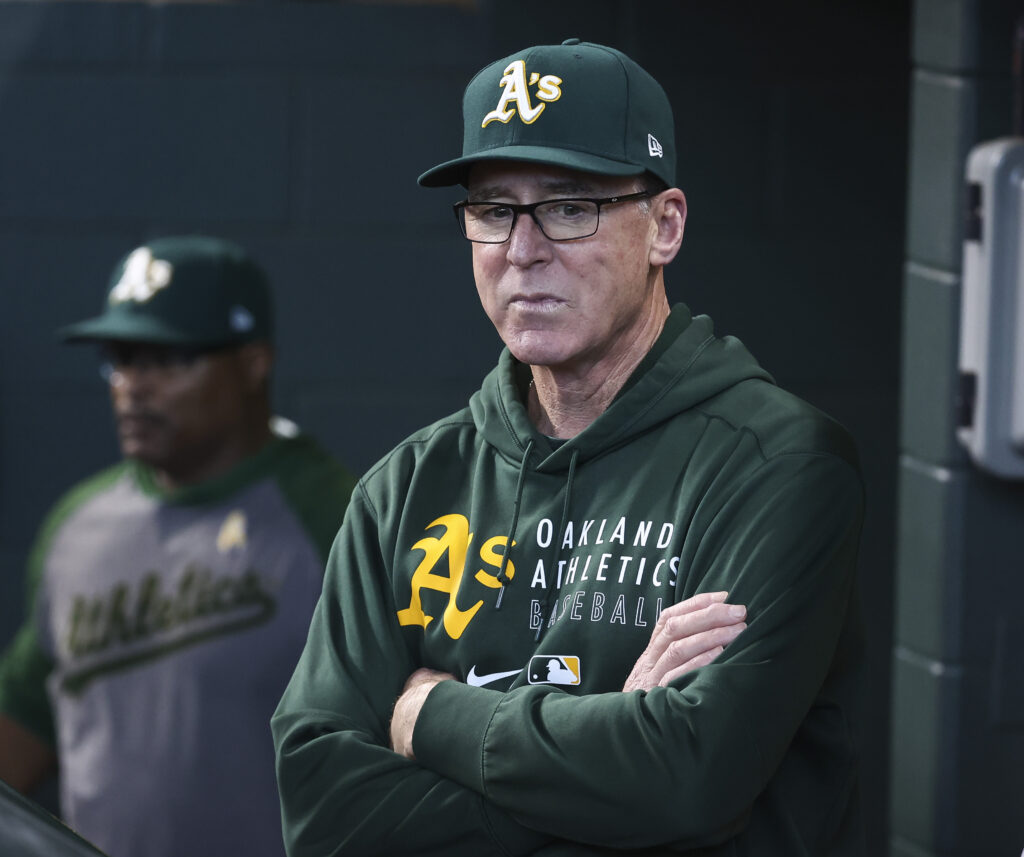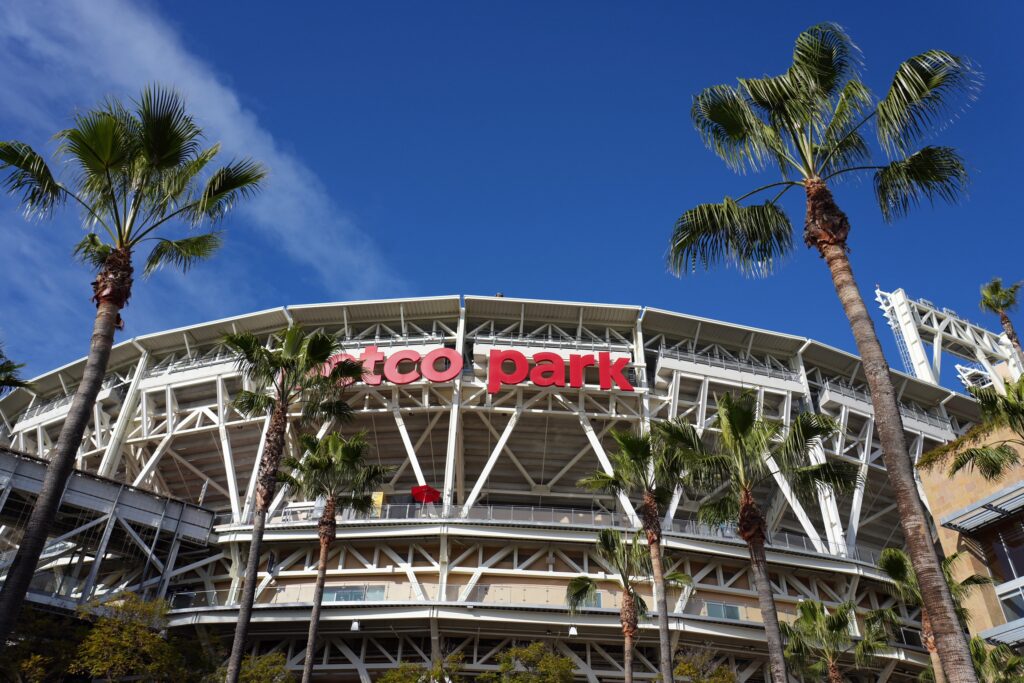Work stoppage comes at a bad time for the San Diego Padres

Mandatory Credit: Troy Taormina-USA TODAY Sports

For the first time since the 1994-95 players’ strike, Major League Baseball has shut down. In a letter to fans, MLB commissioner Rob Manfred defended the shutdown by declaring, “Simply put, we believe that an offseason lockout is the best mechanism to protect the 2022 season.” At the same time, he also acknowledged that was “bad for business.” For the San Diego Padres, the timing is most definitely bad for business.
Although the Padres roster itself hasn’t undergone major changes this offseason as it has in the recent past, the team does have a new manager and a largely unfamiliar coaching staff. Also, players and coaches undoubtedly feel the need to communicate and to work together to try to wipe away the stain of last season’s freefall. However, thanks to the shutdown, the team and its players find themselves in limbo.
According to owners, the pandemic blowback for the 2020 and 2021 seasons cost them over $1 billion. Players counter with the argument that team values have increased during that same period of time. Although MLB and the Major League Baseball Players Association representatives have had sporadic discussions regarding other issues, the two will turn to the most contentious—the almighty dollar—beginning January 13th, just five weeks before the scheduled start of Spring Training.
Multiple other areas of disagreement must also be discussed, including free agency and the luxury tax, with most revolving around the distribution of wealth in the $10-billion business. The MLBPA has a vested interest in preventing teams from tanking, in higher minimum salaries for newer players, competitive balance, and teams actually trying to win.
The most damaging aspect of the lockout prevents players from accessing club facilities. Injured players will not be allowed to work with trainers or to rehab at club facilities. A freeze on transactions prevents the signing of free agents as well as waiving or releasing players on the 40-man roster. Technically teams would be allowed to sign players to minor-league contracts or trade players, not on the 40-man roster. If the lockout continues into the season, the players could receive signing bonuses or deferred payments but not their base salary.
The Players Association will be allowed to conduct its own workouts in facilities in Florida and Arizona. Also, players can choose to turn to winter leagues or even travel overseas to get in game shape. Neither replaces the interaction with club officials. Baseball players in general feed on routine, and the routine is thoroughly disrupted.
On the bright side for the Padres, new skipper Bob Melvin has more experience than any other manager in the big leagues. He’s been involved as a coach or a manager for the past 22 years. Additionally, he was able to touch base with several team members before the shutdown. On the other hand, Melvin is used to the stability of his former team, the Oakland Athletics. Every member of the coaching staff had worked in the organization for at least seven years.
During the tenure of A.J. Preller, the Padres’ general manager and president of baseball operations, the team has gone through multiple managers and coaches. Most of last year’s group (Jayce Tingler manager, Bobby Dickerson bench/third base coach, Skip Schumaker associate manager, Damion Easley hitting coach, Larry Rothschild pitching coach, Wayne Kirby first base coach, Rod Barajas catching and quality control coach, Keith Werman Major League development coordinator, and Peter Summerville bullpen catcher/coaching assistant) have moved on. Only Ryan Flaherty, the advance scout/development/quality control coach, and Ben Fritz, the bullpen coach, remain.
[wpedon id=”49075″ align=”right”]
The revamped staff includes several long-time coaches, including senior adviser Bryan Price (20 years), bullpen catcher Heberto Andrade (18 years), and third base coach Matt Williams (9). The rest of the coaching staff has less experience: Ryan Christenson (four years); coaching assistant, game planning Peter Summerville (three years); pitching coach Ruben Niebla (two years); quality control coach, Ryan Flaherty (two years); and bullpen coach Ben Fritz (two years).
For hitting coach Michael Brdar, first base coach David Macias, and catching coach Francisco Cervelli, this will be their first experience coaching in the big leagues. Brdar did act as the minor-league hitting coordinator for the 2021 National League West Champion San Francisco Giants before San Diego.
Padres pitcher Craig Stammen brings his 12 years of experience to the table as the Padres’ player representative. He shared his frustrations and concerns recently with Bryce Miller, a columnist for the San Diego Union-Tribune.
“We’ve got an almost completely new coaching staff wishing they could talk to us. You’re missing that team-chemistry building where you know each other a bit before you show up to spring training.
“We’re in limbo. Five weeks away, you start to wonder, will we be there? And what will that look like if I have to stay home?”
Obviously, Stammen is not alone in wondering when/if baseball players will return to the diamond. Fans, of course, wonder too. However, the specter of millionaires and billionaires arguing over money can further damage Major League Baseball by turning off faithful followers.
The shutdown presents a challenge for every Major League Baseball team. However, the San Diego Padres face unique challenges thanks to the double-whammy of an extremely disappointing end to the 2021 season and a dramatic overhaul of the coaching staff.
Baseball has been a part of Diane’s life since her father played professionally (mostly at the minor league level). She has written for a number of publications and concentrated on companion animal welfare. She welcomes the opportunity to write about the sport she loves. Diane shares her home with her husband and a house full of rescued animals.